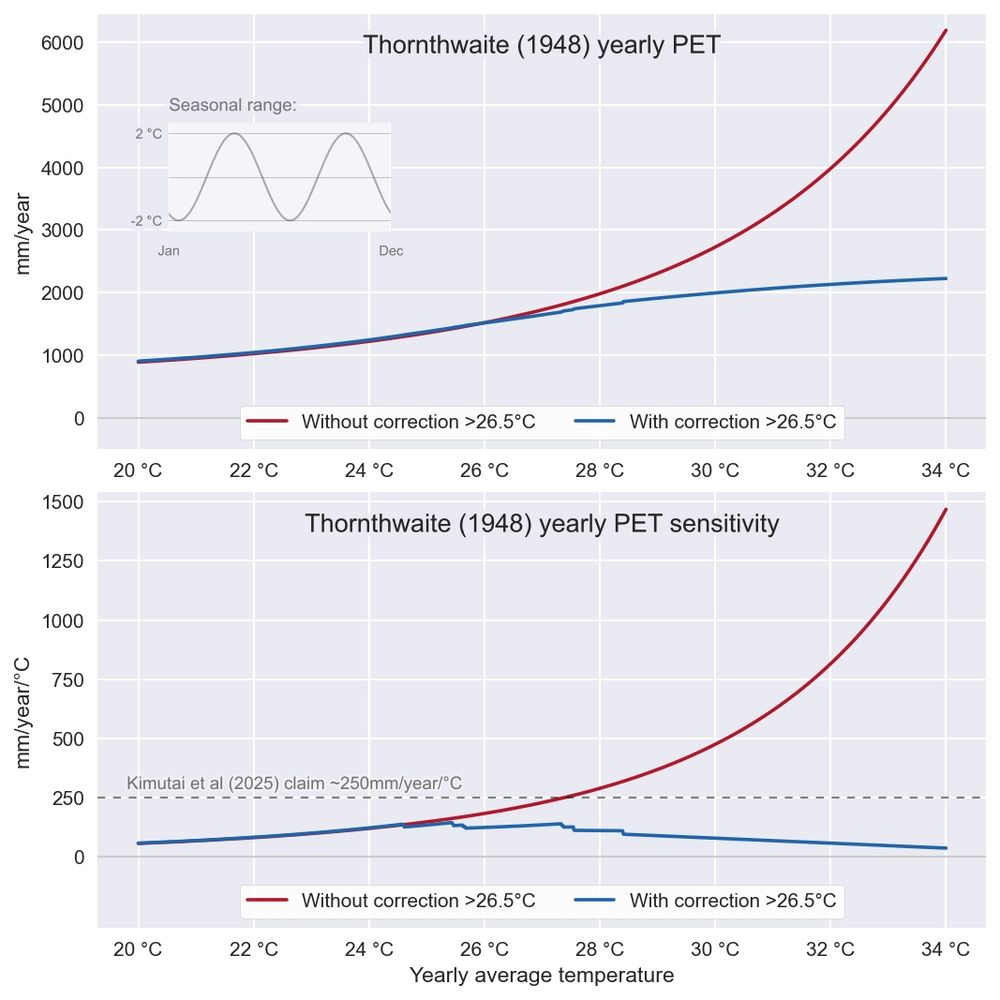

With my fix the pr-ratio drops to around ~400x.
Their Fig 6a:
With my fix the pr-ratio drops to around ~400x.
Their Fig 6a:


Clipping latitude >-50° & <50° as Thornthwaite prescribes isn't relevant here.

Clipping latitude >-50° & <50° as Thornthwaite prescribes isn't relevant here.



